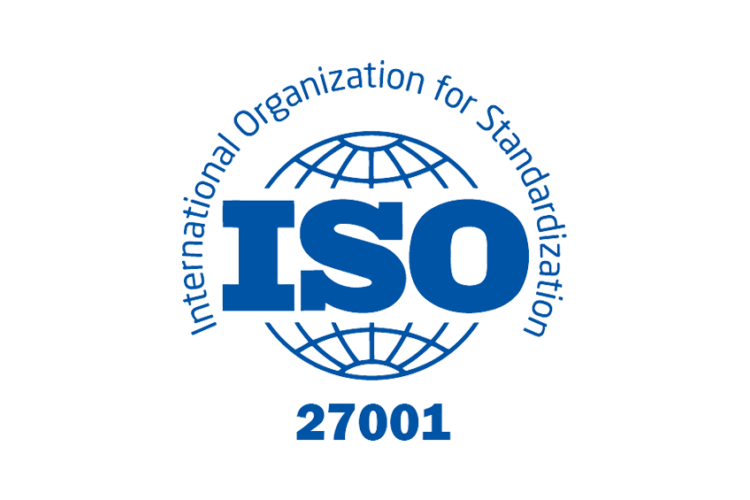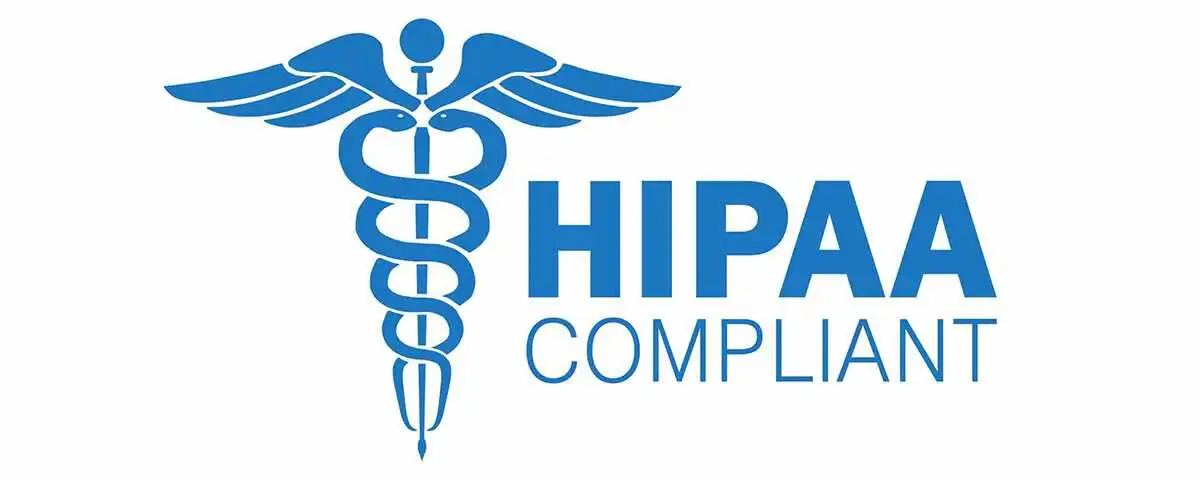In the ever-evolving world of healthcare, financial success and patient care quality are more interconnected than ever. At the center of this intersection lies Revenue Cycle Management (RCM). For CFOs in healthcare organizations, understanding and tracking RCM metrics isn’t optional anymore—it’s essential.
The Shift in the CFO’s Role
Traditionally, the Chief Financial Officer focused on budgeting, forecasting, and reporting. But healthcare today demands much more.
CFOs are now expected to:
- Align financial operations with clinical outcomes
- Make real-time decisions based on data
- Identify bottlenecks in cash flow and reimbursements
- Improve financial transparency organization-wide
This shift means CFOs must understand how well the revenue cycle is performing—and which metrics are most telling.
Why RCM Metrics Matter to the Bottom Line
Every dollar that flows into a hospital or practice starts somewhere in the revenue cycle—insurance verification, claims processing, coding accuracy, or patient billing. If there’s leakage or inefficiency at any point, it directly affects revenue.
By tracking RCM metrics, CFOs can:
- Uncover hidden inefficiencies
- Reduce denials and delays
- Improve collection rates
- Predict financial trends
- Drive more informed decision-making
Key RCM Metrics Every CFO Should Monitor
Here are some of the most critical metrics that help CFOs gauge revenue health:
1. Days in Accounts Receivable (A/R)
The average time it takes to collect payments. A higher number = slower collections = cash flow issues.
Target: Less than 40 days for most practices.
2. Clean Claim Rate (CCR)
Percentage of claims submitted without errors. High CCR = fewer rejections, faster payment.
3. First Pass Resolution Rate
Measures how many claims are paid on the first submission. A key indicator of RCM efficiency.
4. Denial Rate
How often claims are denied. CFOs must understand the causes—be it coding, eligibility, or documentation.
5. Net Collection Rate (NCR)
Shows how much of the allowable revenue your organization is actually collecting. This reflects both operational and patient-side effectiveness.
How Metrics Influence Strategic Decisions
Let’s say your A/R days are creeping above 50. That data might push a CFO to:
- Reassess the billing workflow
- Add staff training for coding
- Outsource complex parts of RCM
- Adjust patient payment policies
Without this visibility, these decisions would be shots in the dark.
The Risk of Ignoring RCM Performance
Overlooking RCM data can result in:
- Revenue leakage
- High denial rates
- Poor payer negotiation leverage
- Compliance issues
- Missed growth opportunities
CFOs who aren’t tracking metrics risk steering the financial ship blindly.
RCM Metrics Drive Growth
CFOs focused on revenue cycle analytics are in a better position to:
- Forecast accurately
- Set realistic financial goals
- Justify technology investments
- Scale operations confidently
RCM metrics aren’t just about billing—they’re about building a future-ready healthcare business.
When to Seek Expert Support
If you’re a CFO feeling the pressure to make your revenue cycle leaner and smarter, it might be time to call in the experts.
NYX RCM Partners LLC offers advanced RCM solutions, complete with real-time reporting dashboards and financial insights tailored for CFOs.
We help healthcare leaders stop guessing and start acting on real data.
CFOs who embrace RCM data aren’t just keeping the books—they’re shaping the strategic direction of their organizations. By paying attention to the right metrics, healthcare CFOs can boost revenue, improve patient experience, and drive long-term financial health.





